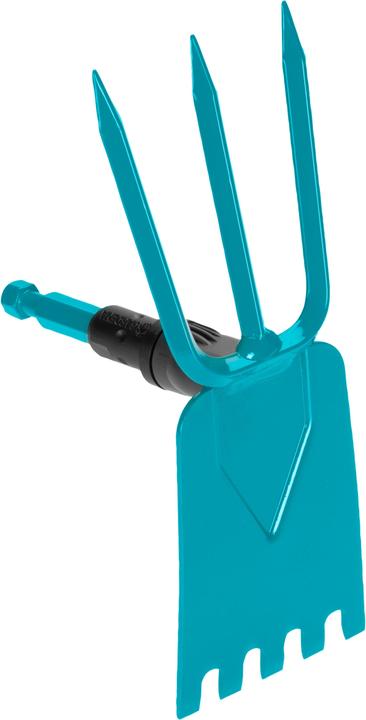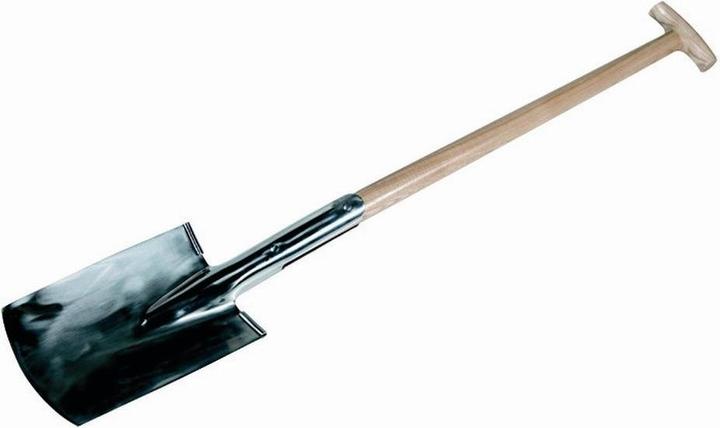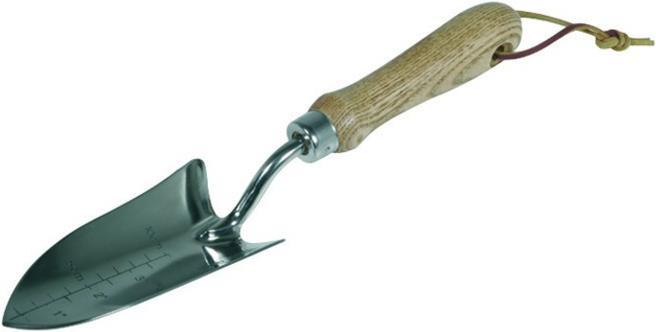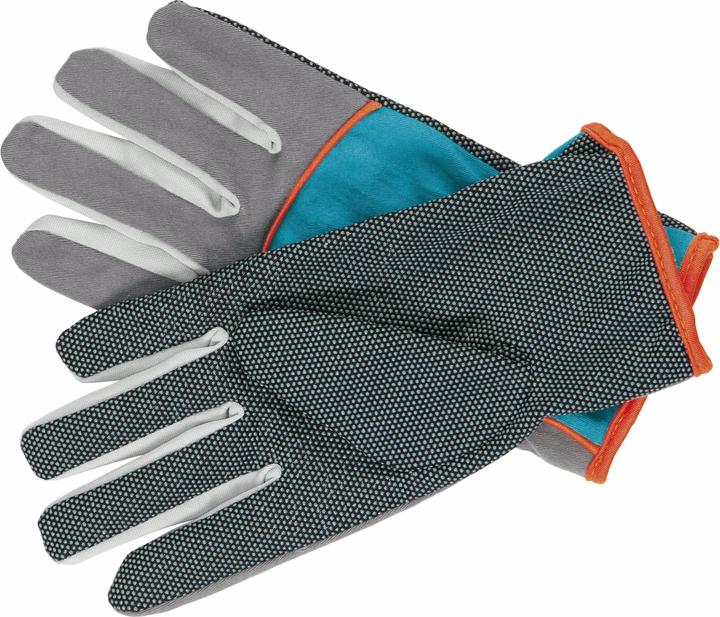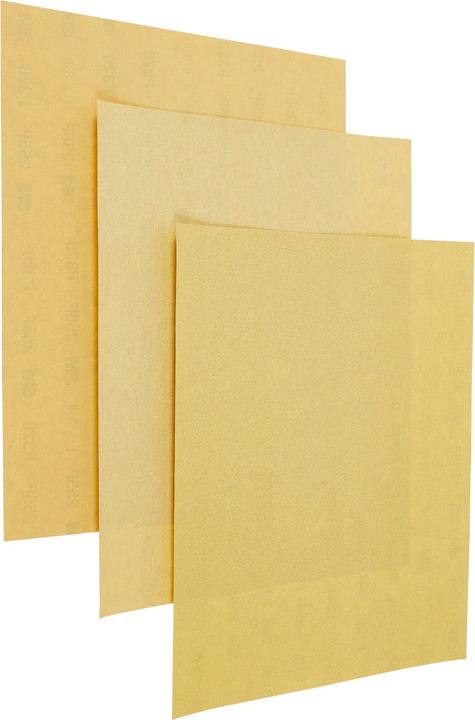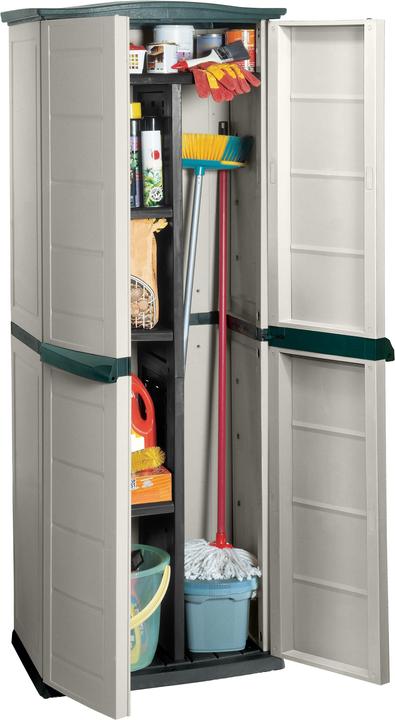
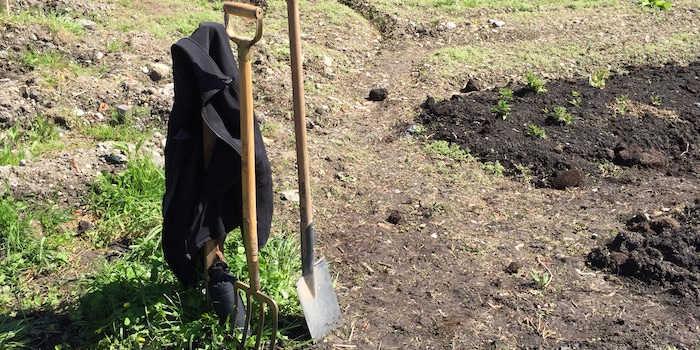
My favourite gardening tools
Today I'd like to introduce you to my favourite gardening tools for a successful garden. I use them mainly for preparing a flowerbed or for planting in a flowerbed.
Digging fork
The spading fork is, along with the spading hook, one of my favourite tools. I use it very often in spring and autumn to prepare the flowerbeds thoroughly and already aerate them a little.
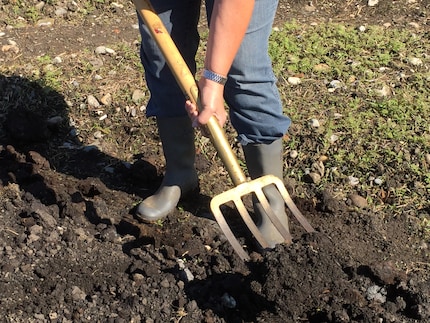
Don't make unnecessary savings when buying spading forks or garden tools in general. On the contrary: make sure you opt for a good quality garden tool. As well as the quality of the materials used, the finish also plays an important role. It's well worth opting for a longer, slightly sturdier handle, especially if you're a taller person. Make sure that the finishes of the joints between the metal and the wood are perfect and that no nails or screws that could injure you protrude.

Crook or hoe
My second favourite garden tool is the spading hook. Once the flowerbed is spaded, I hoe the soil with this gardening tool to aerate and refine the soil to a depth of around 15 to 20 cm.
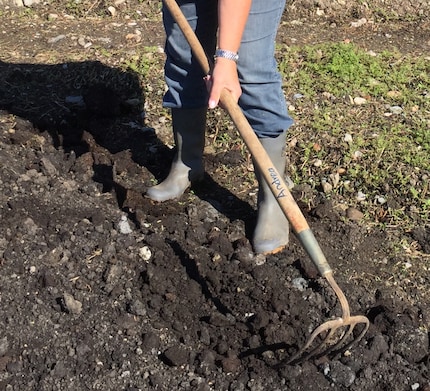
When I've finished hoeing, I check the bed for irregularities or holes. I carefully smooth these out with the spading hook, spreading the soil evenly over the bed. Finally, I trace the contours of the bed in a straight line. It looks much nicer straight away, and I'm able to get any superfluous stones out of the bed and onto the path. It takes a bit of practice, but works very well after a few tries.
Spade
I need the spade especially for tall planting or for putting in soil in pots. With the spade, it is possible to dig a large, deep planting hole. This is very important especially for large perennials, roses, fruit trees or berries so that they are planted deep enough and can grow optimally.
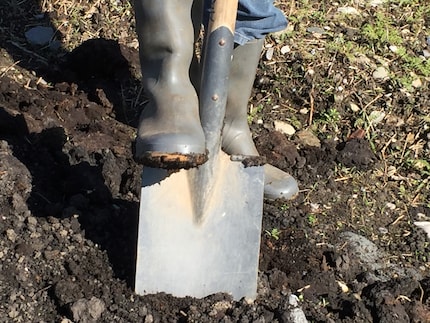
The spade is also perfectly suited to taking cuttings from a wide variety of plants such as peppermint or lemon balm. The root ball is divided into two parts with the spade. To find out how to do this, you can look here.
It's important that the blade of the spade is fairly sharp when dividing. You'll achieve this if you sharpen the lower end of the metal blade from time to time. You can do this with a sharpening stone specially designed for tools. Spade blades that are too dull require a lot more effort to dig a hole, but also to cut plant roots.
Gardening trowel
I use the gardening trowel mainly for planting seedlings in the vegetable garden or young shoots in the vegetable patch. Naturally, the gardening trowel can also be used for planting perennials or balcony plants.
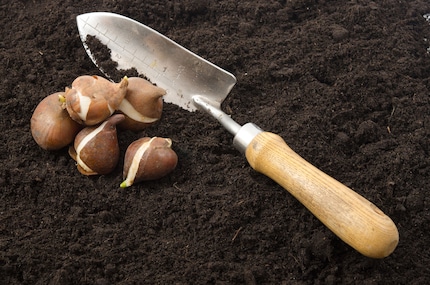
The advantage is that the plant is planted fairly deeply and in a fairly large planting hole. Obviously, it's also possible to plant without using any tools. To keep hands and nails well groomed, I recommend using the trowel or wearing gardening gloves.
Gloves
Today there are gloves in a wide variety of shapes, colours, materials and sizes. Gloves specially designed for women or children, but also XXXL gloves. Just make sure they're comfortable, protect against water and moisture and that you can work well while wearing them.
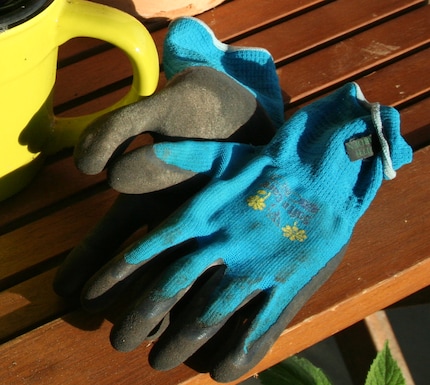
Watering can
Don't forget to water after planting! Of course, also in summer temperatures or when it hasn't rained for a long time. Depending on the size of the garden or balcony, one or two watering cans will suffice here. For larger areas, it's best to seek expert advice.
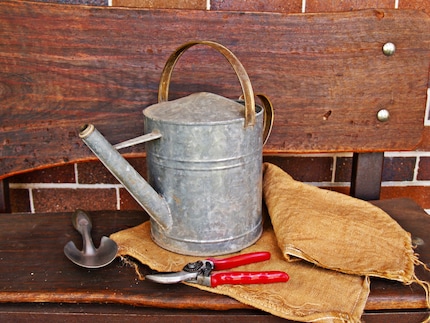
Never water at midday in full sun, as this may burn the foliage. It's best to water early in the morning or evening. The disadvantage of watering in the evening is that it unfortunately attracts slugs. Personally, I water in the morning whenever possible.
Cleaning and maintenance of tools
Once the job is done: appreciate the result, give yourself a break - and finally, don't forget to clean the tools thoroughly by ridding them of soil.
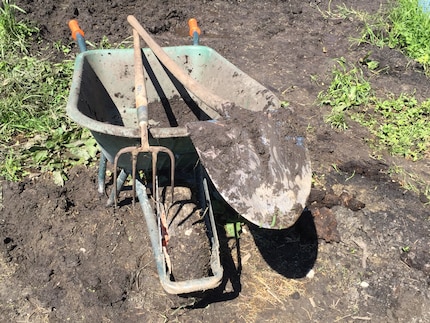
As soil and the moisture it contains attack metal and cause it to rust, it's definitely worth wasting a few minutes to rid gardening tools of soil. Should they rust anyway, here's a little advice on how to get rid of the rust.
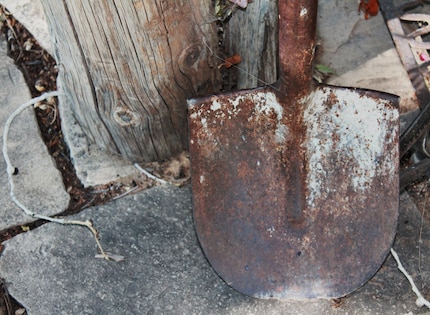
Advice against rust
Since it's only a thin layer of rust, you can simply use wood sandpaper to roughly strip off the rust. Then oil the tools thoroughly with edible oil and leave them to dry in the sun or in a ventilated area. Always store tools in a dry, clean place. You can also oil tools before storing them in their winter quarters. You'll see, the tools will be as good as new in the spring!
Happy gardening!
The attached products are corresponding items from the Galaxus range, not recommendations from Andrea.
I discovered my love for gardening very early on and later turned my passion into my profession. For a few years now, I’ve been regularly writing blog posts and publishing articles in the HomeGardening section of myPfadFinder.com. This is where I give readers tips and tricks on gardens and balconies and present my latest gardening videos.
Find out more about me here: <a href="http://www.andreas-homegardening.com/" target="_blank">www.andreas-homegardening.com</a>
Interesting facts about products, behind-the-scenes looks at manufacturers and deep-dives on interesting people.
Show all